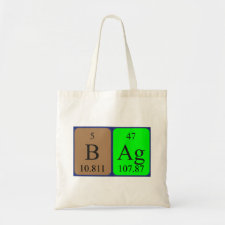
Authors: Brune BJ, Koehler JA, Smith PJ, Payne GF
Article Title: Correlation between adsorption and small molecule hydrogen bonding.
Publication date: 1999
Journal: Langmuir
Volume: 15
Issue: (11)
Page numbers: 3987-3992.
DOI: 10.1021/la990091h
Abstract: Previous studies indicate that phenolic solutes adsorb from hexane onto an acrylic ester sorbent (XAD-7, Rohm and Haas) through a hydrogen-bonding mechanism. Because of experimental Limitations, adsorption studies typically provide only thermodynamic energies but no direct mechanistic information. To overcome this limitation, we used ethyl propionate as a small molecule analogue of the acrylic ester sorbent and studied solution-phase hydrogen bonding between ethyl propionate and various phenolic solutes. Consistent with a hydrogen-bonding mechanism, FTIR spectra of hexane solutions containing phenols showed that the hydroxyl stretching peak was broadened and displaced to lower wavenumbers in the presence of ethyl propionate. Molecular modeling showed hydrogen bonding between the,phenolic hydroxyl and the carbonyl oxygen of ethyl propionate. Qualitatively, small molecule hydrogen bonding studies provide evidence that the poor adsorption of 2,6-disubstituted phenols is due to steric limitations. For 2,6-dimethylphenol and 2,6-di-tert- butylphenol, IR spectra showed suppressed hydrogen bond formation with ethyl propionate, whereas molecular modeling showed that the hydrogen bonds that did form were lengthened and distorted compared to those of phenol. The small molecule binding studies also provided qualitative evidence that the poor adsorption of a-methoxyphenol and 2-chlorophenol is due to competing intramolecular hydrogen bonds. Quantitatively, it was observed that for a series of phenolic solutes the adsorption affinity cross-correlates to the IR frequency shift observed for hydrogen bonding to ethyl propionate. Correlations between adsorption affinities and computed binding energies were limited because of the insensitivity of computed binding energies to substituent effects. These studies indicate that the small molecule analogue provides a convenient system for studying hydrogen-bonding interactions that affect adsorption onto the polymeric adsorbent



Join the Society for Molecular Imprinting

New items RSS feed
Sign-up for e-mail updates:
Choose between receiving an occasional newsletter or more frequent e-mail alerts.
Click here to go to the sign-up page.
Is your name elemental or peptidic? Enter your name and find out by clicking either of the buttons below!
Other products you may like:
 MIPdatabase
MIPdatabase









